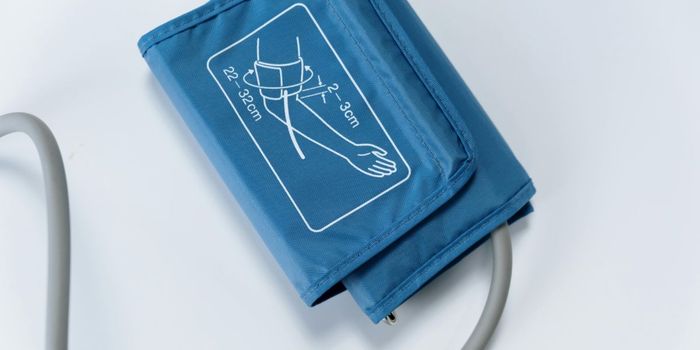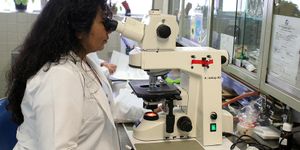Using Liposomes to Deliver Repair Packages to the Heart
The secret to any successful drug is not just its ability to treat a disease but its ability to target the disease exclusively. In cardiology, scientists are trying to design a drug that heals patients’ hearts after a heart attack.
During a heart attack, there is restricted blood flow to areas of the heart. This causes cells in that area to die, resulting in tissue death. The body’s repair system can actually be detrimental in this case, as the immune system causes inflammation at the site of tissue death. This is to remove dead cells to make way for tissue repair, but what results is often a scar rather than the area’s true repair.
Azithromycin has been a promising drug candidate for assisting the body in repairing myocardial infarcts (the area of tissue death in the heart). It shifts the early immune system response from inducing inflammation to inducing repair. Unfortunately, azithromycin suffers from off-target toxicity and therefore struggles to produce safe results.
A new study out of the University of Kentucky hoped to alleviate the toxicity issue by using liposomes to transport azithromycin to the damaged heart tissue. Liposomes are small spherical packages created by lipids. They can protect the contents of the package until they are delivered to a target. Using this method of delivery, the team hoped to apply azithromycin to the damaged heart tissue with as little toxic side effects as possible.
The team first assessed whether the azithromycin loaded liposomes would accumulate in mouse hearts that had suffered from a heart attack. Both liposomes and azithromycin were confirmed to be taken up by immune cells called macrophages and transported to the site of tissue death with no adverse effects. By comparison, free azithromycin reduced heart rate and caused several other heart issues when given at the same dose.
The azithromycin loaded liposomes managed to shift the immune response from inflammatory to reparative successfully. This was done by activating reparative immune cells over inflammatory ones while also decreasing inflammatory signals’ expression and increasing anti-inflammatory signaling. Finally, the mouse hearts given azithromycin loaded liposomes recovered faster had increased heart strength after the repair and had reduced scarring.
This study showed that liposomes could be used to deliver azithromycin to sites of damage in the heart after a heart attack without inducing toxicity. The resulting reduction of not only scarring but in mortality makes this method very attractive for future treatments.
The study concludes, “Our findings strongly support clinical trials using L-AZM as a novel and clinically relevant therapy to improve cardiac recovery and reduce heart failure post-MI in humans.”
Sources: Nature Scientific Reports, Cipla









